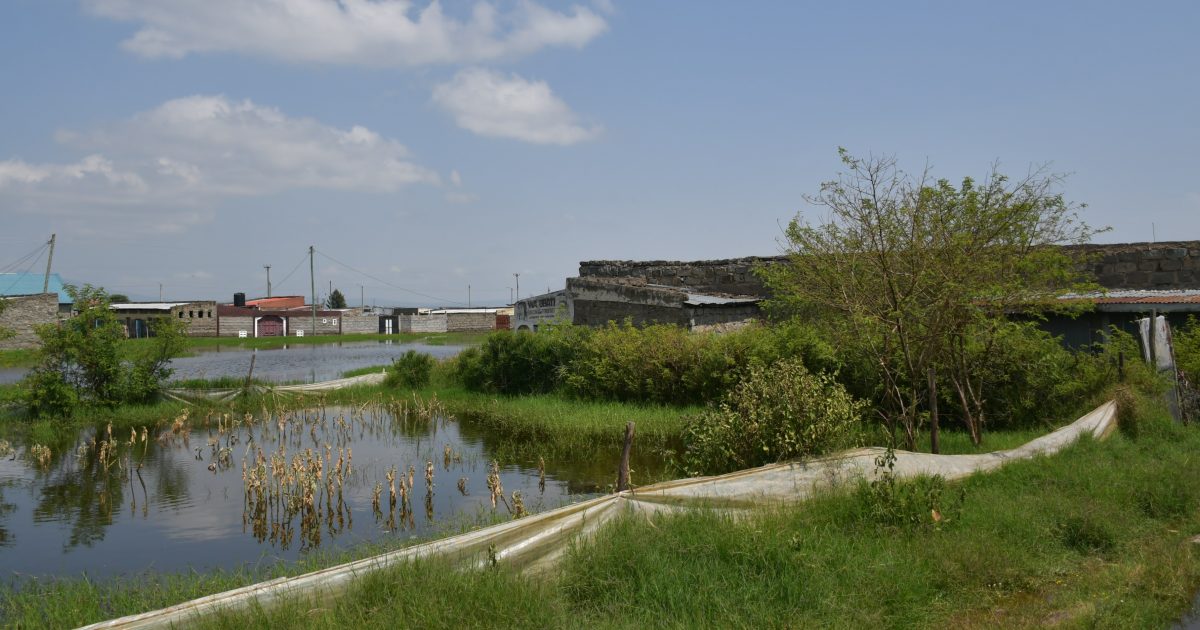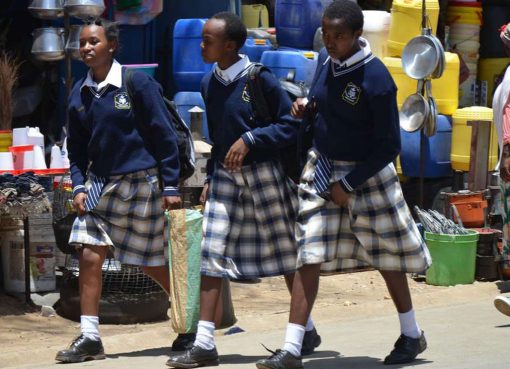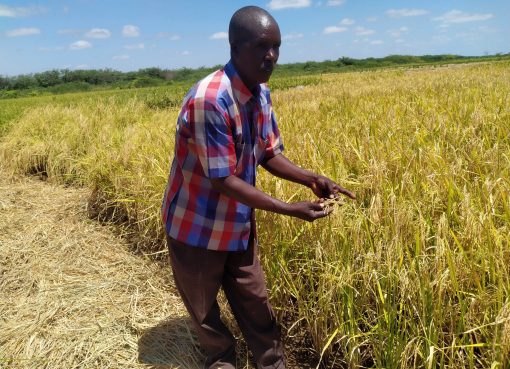As the Kenyans continue to come to terms with effects of the heavy rainfall that the country witnessed in the months of March, April and May, memories of the damage brought about by the downpour still linger in the minds of many people with the critical question remaining to be whether the enough measures have been put in order to mitigate future disasters.
Experts in disaster management always uphold that disaster preparedness is key to averting feature disasters and minimizing loss of lives and property.
According to the Kenya Meteorological Department, most parts of the country are expected to receive average rainfall in the months of June, July and August compared to the previous quarter, marking a huge sigh of relief for flood prone areas that have suffered the wrath of mother nature.
On the shores of Lake Naivasha is Kihoto estate, a slum that thousands of people call home and hosts low income earners such as casual laborers and majority of workers in the flower farms which are spread out on the Moi South and North Lake roads.
The estate which has borne the brunt of flooding on several occasions was not spared in the recent past, with over 5,000 people displaced from their homes after their houses were submerged in water following the heavy downpour that left behind a trail of destruction in what was once a thriving estate.
In 2020, the estate was also affected by the rising levels of water on Lake Naivasha due to climate change, thus exposing the residents to the risk of waterborne disease and another possible disaster.
With the perennial flooding menace being a major headache to the residents, the search for a lasting solution is inevitable with some proposals being already fronted that include relocation of the affected people in order to address the problem.
A month after the estate was submerged in water, the displaced residents are yet to return to their homes but water levels are reducing albeit gradually.
Learning institutions were not spared either after the only public primary school in the slum were overrun by floods, disrupting the learning calendar of many school-going children in the slum, whose only hope of ever changing their lives was pegged on education for a better future.
Cases of human-wildlife conflicts have also escalated in the area due the rising water levels in the lake, forcing the hippos and buffaloes that inhabit Lake Naivasha to invade human settlements and adjacent flower farms posing a great security hazard to the locals.
Michael Wainaina, a resident in the slum says the flooding has caused a lot of untold suffering to the locals, not only through the raging waters but also the high number of hippos and buffaloes roaming in the area, endangering the lives of the residents.
The Lake View Member of County Assembly (MCA) Alex Mbugua in whose area this slum lies says, the County government is looking into various possible ways in order to provide a long-term sustainable solution to this perennial problem.
He was emphatic that the Nakuru County government under the leadership of Governor Susan Kihika is committed to ensure the affected families are resettled and is working closely with the National Government on how to address this matter.
Nakuru Senator Tabitha Mukami Karanja has on several occasions raised concern over the repeated flooding incidents in the estate, raising fears over a humanitarian crisis that may arise in the event of a disease breakout owing to lack of proper sanitation and hygiene.
The Senator has however promised to raise the issue with the Senate to follow up on the recommendation of a parliamentary committee that had visited the area a couple of years back and in whose report proposals were made to relocation of the residents to higher grounds.
In the aforementioned months of March, April and May, its estimated that over 300 people were killed by the floods that affected 33 counties around the country with over 200,000 families displaced and tens of others still missing in 33 affected counties. Nearly 2,000 Schools were affected by the devastating floods in the country causing a delay in the reopening of schools for the second term.
The Government through the Ministry of Education is working out plan to rehabilitate the damaged infrastructure in the affected schools in collaboration with the Members of Parliament (MPs) through the National Government-Constituency Development Fund (NG-CDF) to help renovate the infrastructure in these schools.
In Maai-mahiu area of Naivasha, victims of these floods are yet to come to terms with this mega disaster that took away lives, leaving massive destruction in its wake.
In the wee hours of Monday April 29, residents of the old Kijabe town and surrounding villages in Maai- Mahiu were awoken by roaring sounds of raging waters after a night of heavy downpour that left a massive trail of destruction.
The water came gushing downstream from the upper part of the Kijabe hills and annihilated hundreds of homes in the Mai Mahiu area of Naivasha. Sixty-three people died in this tragedy and several others are still missing. About 112 people were hospitalized in different hospitals after the incident.
By Mabel Keya-Shikuku





